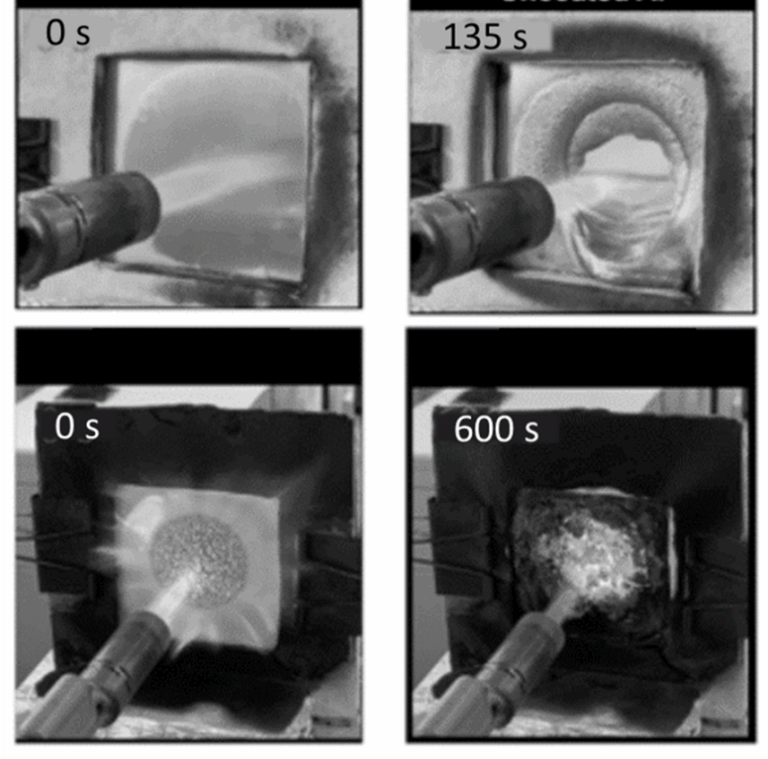Patent details
Status
Spanish patent filed.
Inventors
De-Yi Wang, Wei Tang, José Agustín Hobson and Yunhuan Liu.
Application number
P202430817
Applicant
IMDEA Materials Institute
Priority date
10/10/2024
Transfer opportunity
License of technology
Summary
The invention relates to the field of flame retardant materials. More specifically, the present invention is developed for bio-based organic/inorganic hybrid flame retardant materials, which can be used for polymeric and metallic substrates, especially for battery cases.
Description
The main flame retardant solutions for coatings cover a wide range of technologies and materials designed to improve the fire performance of materials while meeting environmental, health and safety requirements. For the traditional type of solutions, the primary focus is on inorganic flame retardants, such as aluminium and magnesium hydroxides, which are non-toxic and environmentally friendly but are inefficient and usually require high loadings, which may affect the mechanical properties of the coating. Currently, the main solution is to build a highly efficient charring system, especially intumescent flame retardant coatings.
The present invention uses bio-based chemicals, metal compounds and organic amine compounds to construct novel bio-based organic/inorganic hybrid flame retardant materials, which have the structural characteristics of multi-flame retardant group skeleton and combine the theories of synergistic charring flame retardant and catalytic charring flame retardant effects in flame retardant principle. The flame retardant materials disclosed herein have excellent charring flame retardant properties, and by the addition of metal elements, the materials further show excellent thermal and oxygen stability. Based on these advantages, fabricated molecules have great potential for applying flame retardant coatings with long-lasting fire resistance.
Advantages and Innovations
Bio-based flame retardants and their corresponding fireproof coatings provide significant advantages over traditional chemical-based alternatives, making them highly suitable for sustainable and high-performance fire protection applications. Derived from renewable resources such as plant-based compounds, which can reduce dependence on petroleum-based chemicals and minimize environmental impact.
Their inherent low toxicity enhances safety by mitigating the release of hazardous byproducts commonly associated with conventional flame retardants. Additionally, innovative advancements in bio-based fireproof coatings have led to improved thermal stability, enhanced charring ability, and superior fire resistance, effectively protecting a wide range of materials, including metal and polymers.
These innovations improve fire safety performance and align with stringent environmental regulations, making bio-based flame retardants and coatings a highly effective and sustainable solution for modern fire protection needs.
Main Characteristics
The hybrid flame retardants of these inventions greatly improve the fire resistance properties of the substrates they are applied to, as shown in Figure 1 below.

Figure 1: fire resistance of uncoated aluminium (top) and aluminium coated with the hybrid flame material of the invention (bottom). The coated aluminium can withstand fire for much more extended periods.
Contact
Technology Transfer and Innovation Office, IMDEA Materials Institute
Email: techtransfer@imdeamaterials.org
Telephone: +34 915 493 422
